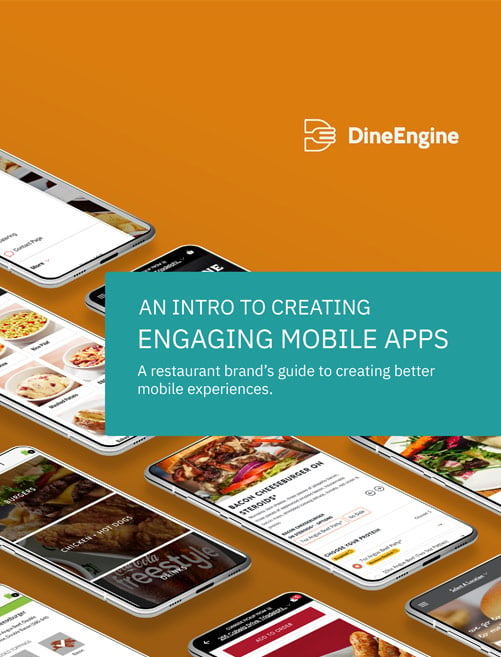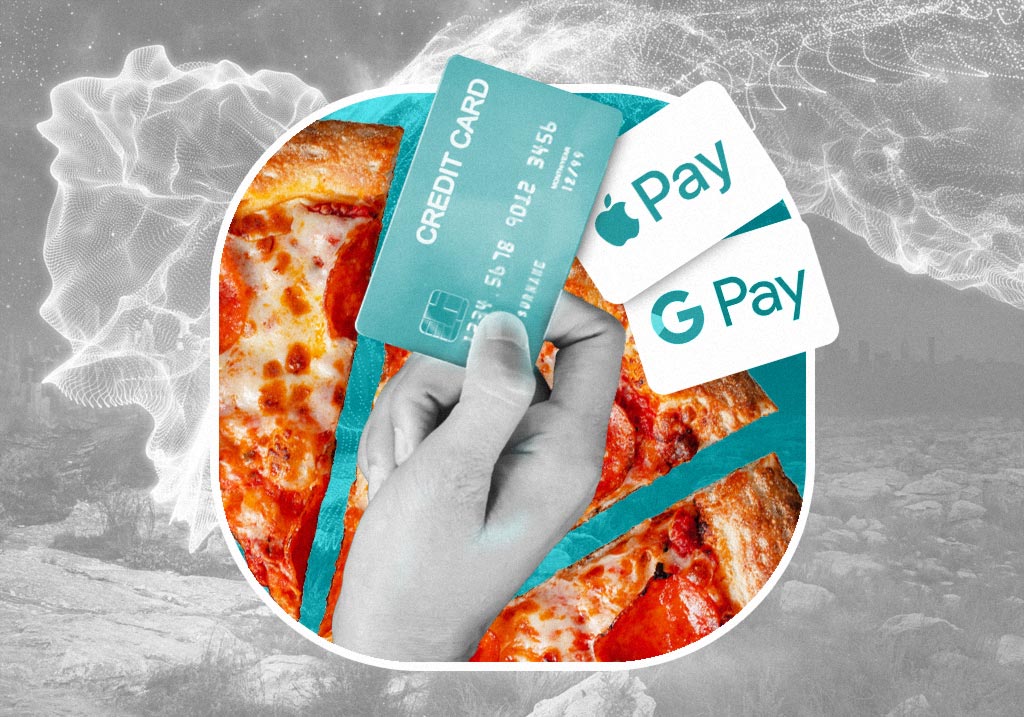The idea is simple enough: guests have money, and you want them to spend it at your restaurant. But money, of course, comes in several forms these days, and you have to be willing to accept different payment types if you want your business to succeed and turn a profit. This is why restaurant guests prefer digital payment choices.
Deciding which payment methods to accept depends largely on what methods your diners prefer to use. So what types of payments do today’s consumers turn to most often?
Cash
Many studies have shown that good old greenbacks are dying a slow death. While cash payments can be attractive to business owners because there aren’t any fees involved, as there are with other payment options, people are carrying less and less of it.
It can also be problematic because you need to have cash on hand to provide change. Cash can also be stolen, unlike, say, an online payment. However, some consumers do still carry and prefer to use cash, so going completely cashless is ill-advised for most restaurants, unless you conduct your business solely online.
Credit Cards
Credit cards have been popular for decades thanks to their convenience – and with increases in security and the implementation of chips, that popularity has grown exponentially in recent years. Customers enjoy the speed with which they can pay for their orders with credit cards.
As a restaurant owner, if you accept credit cards you’ll need to consider which ones you want to accept and what payment processing system you want to use – which both come down to how much you are willing to pay in fees. A few trusted payment processors include Aloha, Heartland, LevelUp, and Stripe.
Digital Payments
Digital payments are relatively new to the payment playing field, but they are gaining traction thanks to their ease-of-use and excellent security. There are also credit card and bank-specific digital payment options.
Customers enjoy digital payments because they can eliminate the need for keeping physical cash and credit cards with them, both of which can easily be stolen.
They simply need their smartphones – which can also be stolen, but digital payment applications generally require the user to sign in or use their fingerprints to access them, making them much more theft-proof than other payment methods.
As with credit cards, deciding which, if any, digital payment options to accept depends on your customers’ preferences and what fees you are willing to pay.
Which Customers Prefer Which Payment Options?
Understanding the demographics of your customers will help you determine which payment methods you should accept. Not surprisingly, customers’ preferences vary by generation.
Baby boomers have adapted to new technologies but remain the generation most likely to prefer using cash. They also use credit cards, and a small percentage have used digital payments.
The majority of Generation X own smartphones and, though they do enjoy using digital payment options, they are heavily dependent on credit cards and most likely to use them to pay for things.
Millennials, who came of age surrounded by technology, are the most likely to use mobile payments. They don’t carry cash like baby boomers and they aren’t as reliant on credit cards as Generation X.
A good way to determine what payment options your customers prefer is implementing technology services for restaurants including dashboards & business intelligence for restaurants.
More Payment Options Can Mean More Customers
Once you’ve established what types of payment options your customers prefer, you’ll need to ensure that you can accept those payments in your app as seamlessly as possible.
Accepting online ordering payments by website development, through mobile app development and via self-service kiosks should be quick and simple.













0 Comments